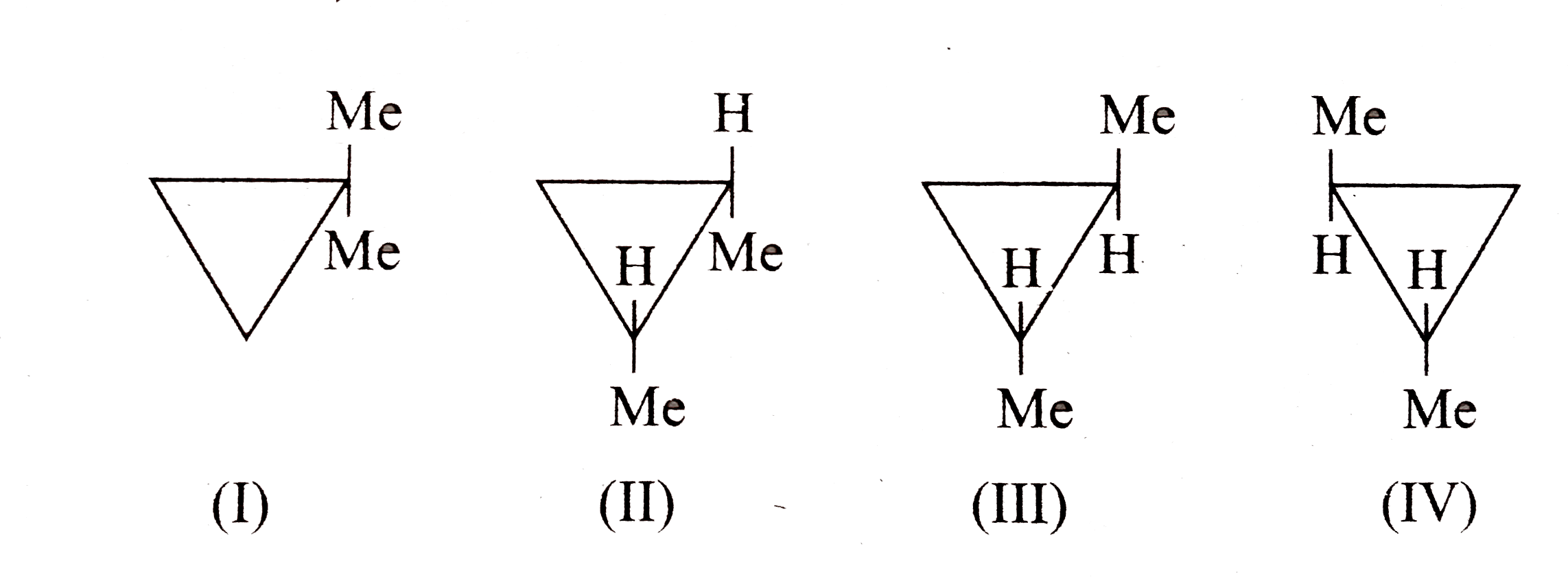Which of the following would have the same O2 content?
Blood entering the lungs and blood leaving the lungs
Blood entering the right side of the heart and blood leaving the right side of the heart
Blood entering the right side of the heart and blood leaving the left side of the heart
Blood entering the tissue capillaries and blood leaving the tissue capillaries
The correct Answer is:B
To determine which of the given options would have the same O₂ content, we need to analyze each option based on the principles of gas exchange in the human circulatory system.
1. Understand the Context of Oxygen Content:
- Oxygen content in blood changes during gas exchange processes in the lungs and tissues. Blood that has not undergone gas exchange will have the same oxygen content.
2. Evaluate Option 1:
- Blood entering the lungs and leaving the lungs:
- Blood entering the lungs is deoxygenated and will gain oxygen during gas exchange. Blood leaving the lungs is oxygenated.
- Conclusion: The oxygen content is different. (This option is incorrect.)
3. Evaluate Option 2:
- Blood entering the right side of the heart and blood leaving the right side of the heart:
- Blood enters the right atrium from the body and moves to the right ventricle, then is pumped to the lungs. There is no gas exchange occurring in the right side of the heart.
- Conclusion: The oxygen content remains the same. (This option is correct.)
4. Evaluate Option 3:
- Blood entering the right side of the heart and leaving the left side of the heart:
- Blood enters the right atrium, goes to the right ventricle, then to the lungs for gas exchange, and finally enters the left atrium.
- Conclusion: The oxygen content is different due to gas exchange in the lungs. (This option is incorrect.)
5. Evaluate Option 4:
- Blood entering tissue capillaries and leaving tissue capillaries:
- Blood delivers oxygen to tissues and picks up carbon dioxide in the capillaries.
- Conclusion: The oxygen content is different due to gas exchange in tissues. (This option is incorrect.)
Final Conclusion:
The only option that has the same O₂ content is Option 2: Blood entering the right side of the heart and blood leaving the right side of the heart.
- Oxygen content in blood changes during gas exchange processes in the lungs and tissues. Blood that has not undergone gas exchange will have the same oxygen content.
- Blood entering the lungs and leaving the lungs:
- Blood entering the lungs is deoxygenated and will gain oxygen during gas exchange. Blood leaving the lungs is oxygenated.
- Conclusion: The oxygen content is different. (This option is incorrect.)
- Blood entering the right side of the heart and blood leaving the right side of the heart:
- Blood enters the right atrium from the body and moves to the right ventricle, then is pumped to the lungs. There is no gas exchange occurring in the right side of the heart.
- Conclusion: The oxygen content remains the same. (This option is correct.)
- Blood entering the right side of the heart and leaving the left side of the heart:
- Blood enters the right atrium, goes to the right ventricle, then to the lungs for gas exchange, and finally enters the left atrium.
- Conclusion: The oxygen content is different due to gas exchange in the lungs. (This option is incorrect.)
- Blood entering tissue capillaries and leaving tissue capillaries:
- Blood delivers oxygen to tissues and picks up carbon dioxide in the capillaries.
- Conclusion: The oxygen content is different due to gas exchange in tissues. (This option is incorrect.)
The only option that has the same O₂ content is Option 2: Blood entering the right side of the heart and blood leaving the right side of the heart.
Topper's Solved these Questions
- BREATHING AND EXCHANGE OF GASESBook:NCERT FINGERTPS ENGLISHChapter:BREATHING AND EXCHANGE OF GASESExercise:Higher Order Thinking
Explore 12 Videos
- BREATHING AND EXCHANGE OF GASESBook:NCERT FINGERTPS ENGLISHChapter:BREATHING AND EXCHANGE OF GASESExercise:Exemplar Problems
Explore 13 Videos
- BODY FLUIDS AND CIRCULATIONBook:NCERT FINGERTPS ENGLISHChapter:BODY FLUIDS AND CIRCULATIONExercise:Body Fluids And Circulation
Explore 151 Videos
- CELL - THE UNIT OF LIFEBook:NCERT FINGERTPS ENGLISHChapter:CELL - THE UNIT OF LIFEExercise:Cell - The Unit Of Life
Explore 159 Videos
Similar Questions
Knowledge Check
Which of the following have same dimensions
Aangular momentum and linear momentumBwork and powerCwork and torqueDtorque and pressure.Which of the following compounds have higher enolic content than keto content?
ACH3−O∣∣C−O∣∣C−CH3B C
C D
D
Which of the following have same geometry -
View SolutionWhich of the following compounds would have the same vapour pressure ?

View SolutionWhich of the following would have permanent dipple moment ?
View SolutionWhich of the following would have permanent dipple moment ?
View SolutionWhich of the following species have the same shape?
View SolutionWhich of the following species have the same shape?
View Solution

